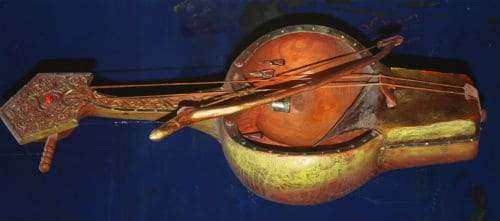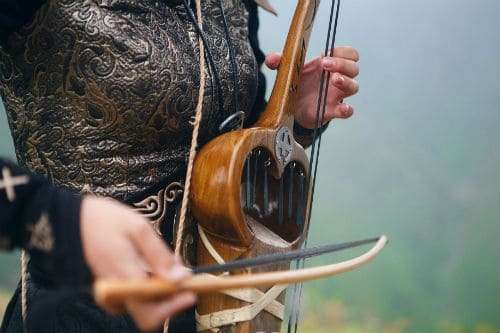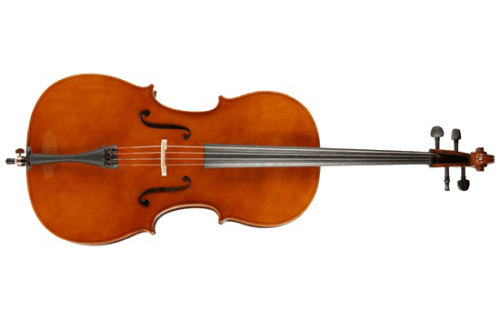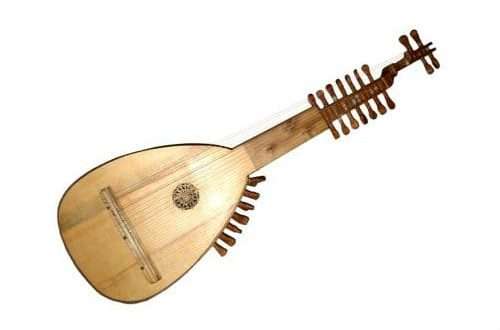
Kobyz: description of the instrument, composition, history, legend, use
Since ancient times, Kazakh shamans have been able to play an amazing bowed string instrument, the sounds of which helped them communicate with the spirits of their ancestors. The common people believed that kobyz was sacred, in the hands of shamans it acquires special power, its music is able to influence the fate of a person, drive out evil spirits, heal from diseases and even prolong life.
Tool device
Even in ancient times, the Kazakhs learned how to make kobyz from a single piece of wood. They hollowed out a hollow hemisphere in a piece of maple, pine or birch, which on one side was continued by a curved neck with a flat head. On the other, an insert was constructed that served as a stand during the Play.
The instrument did not have a top board. To play it, a bow was used. Its shape is reminiscent of a bow, in which horse hair performs the function of a bowstring. Kobyz has only two strings. They are twisted from 60-100 hairs, tied to the head with a strong thread of camel hair. An instrument with horsehair strings is called kyl-kobyz, and if a strong camel hair thread is used, it is called nar-kobyz. The total length from the head to the end of the stand is no more than 75 centimeters.

Over the past centuries, the national musical instrument has not changed much. It is also made from a piece of wood, believing that only solid fragments can save a soul that can sing like a free wind, howl like a wolf, or ring like a launched arrow.
In the middle of the last century, two more strings were added to the two already available. This allowed the performers to expand the range of sound, to play on the instrument not only primitive ethnic melodies, but also complex works by Russian and European composers.
History
The legendary creator of kobyz is the Turkic akyn and storyteller Korkyt, who lived in the XNUMXth century. The inhabitants of Kazakhstan carefully keep, pass from mouth to mouth the legends about this folk composer. Since ancient times, the instrument has been considered an attribute of the bearers of the Tengrian religion – bucks.
Shamans considered him an intermediary between the world of people and the gods. They tied metal, stone pendants, owl feathers to the head of the instrument, and installed a mirror inside the case. Carrying out their mysterious rituals in a semi-dark yurt, they shouted spells, forcing ordinary people to obey the “higher” will.

The steppe nomads used kobyz to dispel sadness on a long journey. The art of playing the instrument was passed down from fathers to sons. At the beginning of the XNUMXth century, the persecution of shamans began, as a result, the traditions of playing the instrument were interrupted. Kobyz almost lost its national and historical significance.
The Kazakh composer Zhappas Kalambaev and the teacher of the Alma-Ata Conservatory Daulet Myktybaev managed to return the folk instrument and even bring it to the big stage.
The legend about the creation of kobyz
In times that no one remembers, the young man Korkut lived. He was destined to die at the age of 40 – so the elder prophesied, who appeared in a dream. Not wanting to succumb to the sad fate, the guy equipped the camel, went on a journey, hoping to find immortality. On his journey, he met people who dug graves for him. The young man understood that death was inevitable.
Then, in sorrow, he sacrificed a camel, created a kobyz from the trunk of an old tree, and covered its body with animal skin. He played an instrument, and all living beings came running to listen to beautiful music. While it sounded, Death was powerless. But once Korkut fell asleep, and he was stung by a snake, in which Death reincarnated. Having left the world of the living, the young man became the bearer of immortality and eternal life, the patron of all shamans, the lord of the Lower Waters.

Use of kobyz
In different countries of the world there is a similar to the Kazakh instrument. In Mongolia it is morin-khuur, in India it is taus, in Pakistan it is sarangi. Russian analogue – violin, cello. In Kazakhstan, the traditions of playing the kobyz are associated not only with ethnic rituals. It was used by nomads and zhyrau – advisers to the khans, who sang their exploits. Today it is a member of ensembles and orchestras of folk instruments, it sounds solo, reproducing traditional national kuis. Kazakh musicians use kobyz in rock compositions, in pop music and in folk epic.

Famous Performers
The most famous kobyzists:
- Korkyt is a composer of late IX-early X centuries;
- Zhappas Kalambaev – virtuoso and author of musical compositions;
- Fatima Balgayeva is a soloist of the Kazakh Academic Orchestra of Folk Instruments, the author of the original technique of playing the kobyz.
In Kazakhstan, Layli Tazhibayeva is popular – a well-known kobyz player, the front woman of the Layla-Qobyz group. The team performs original rock ballads, in which the sound of kobyz gives a special flavor.





